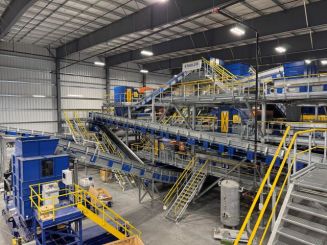
Trends in the Energy & Environment Markets in 2015
Frost & Sullivan's predictions of the innovations that will have an impact on these sectors.
Will oil prices continue to fall? Could the lower price threaten investment in renewable energy? Will LED lighting go mainstream? Will desalination make a comeback? There is no doubt that this is an interesting time for the Energy and Environment markets, with many important and disruptive innovations taking place. Frost & Sullivan has identified the top 15 trends that will impact these two sectors in 2015.
According to Frost & Sullivan, the oil price will continue to stay below US$60 in 2015; at the same time, the gas price is also inevitably going down, raising the potential of a resurgence for gas-fired generation in Europe. This will spur greater investment in gas assets as private equity firms are beginning to take an interest.
"The decline in oil price is raising wider questions about investment across the power sector. The efficient use of resources continues to be a hot issue, and technologies related to buildings, lighting and water will increase in prominence," confirms Energy Senior Consultant Jonathan Robinson.
Frost & Sullivan energy and environment teams have analysed all sectors and have compiled a list of key trends, some of which will be highly disruptive and will force companies to review their business models.
One of the most disruptive trends is X-as-a-Service business models, which could enable nimble companies to outmanoeuvre traditional players through innovative solution offerings.
“X-as-a-Service business models could revolutionise the energy & environment industry away from a product focus to a solution focus. It really does offer smaller companies the chance to challenge incumbent players, simply by offering the customer the most attractive solution,” explains Mr Robinson.
Another trend is Innovating for Society which could help millions of people globally, while also ensuring that those providing the products can make a profit.
“We see a trend now where wealthy foundations are encouraging commercially viable products to tackle third world problems," says Jonathan Robinson. "Business has picked up on this and is seeing the chance to actually benefit society while also making money”.
An established trend that is really gaining pace is re-shoring. “We’ve seen re-shoring emerging, but this will be boosted further in 2015. A quality product, manufactured close to the customer that can be delivered on time is often preferable to the risk of quality issues, intellectual property theft and delays,” concludes Mr Robinson.












